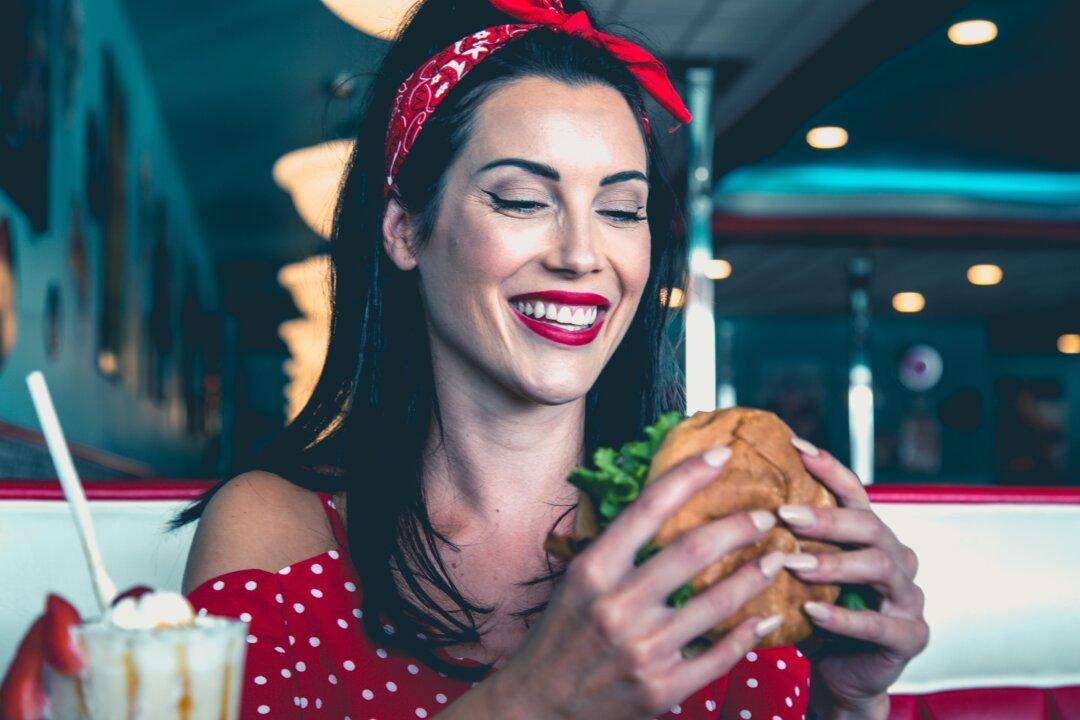Meat as we know it may soon be a food of the past. That’s the prediction of billionaire Richard Branson who recently declared a meat-free world within 30 years.
His prophecy is tied to his latest venture, Memphis Meats, where Branson has teamed up with Bill Gates, Agri-giant Cargill, and other investors. Their mission is to create the most accurate replica of a beef burger the world has ever tasted, without the negative aspects associated with the real thing.






